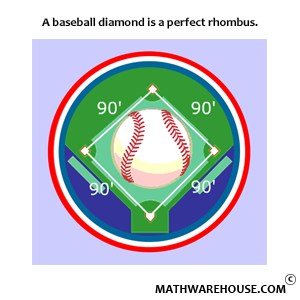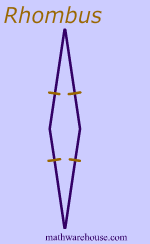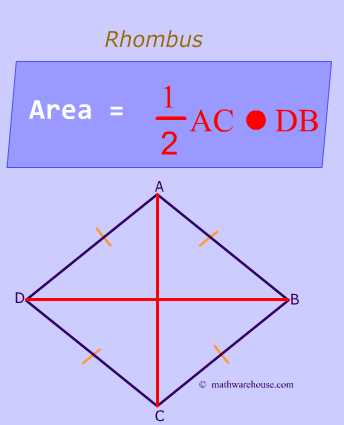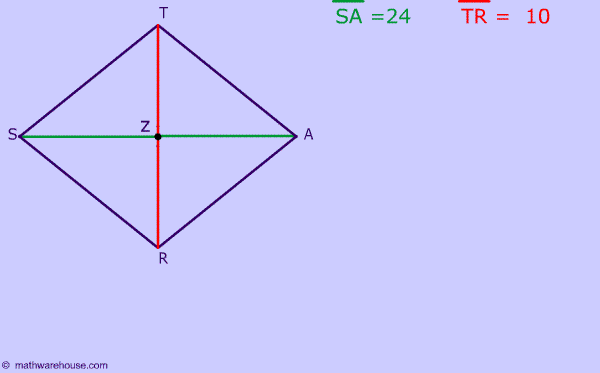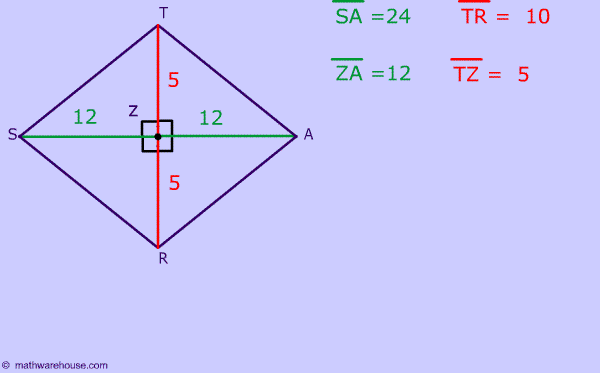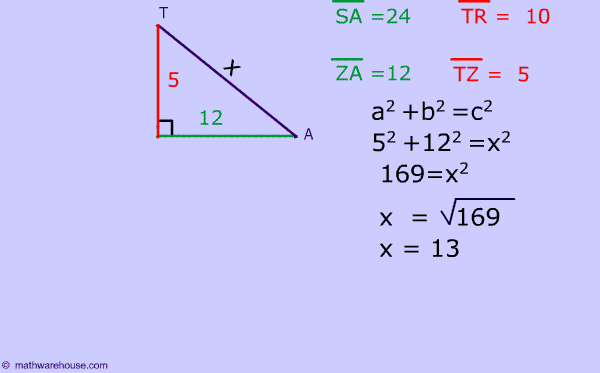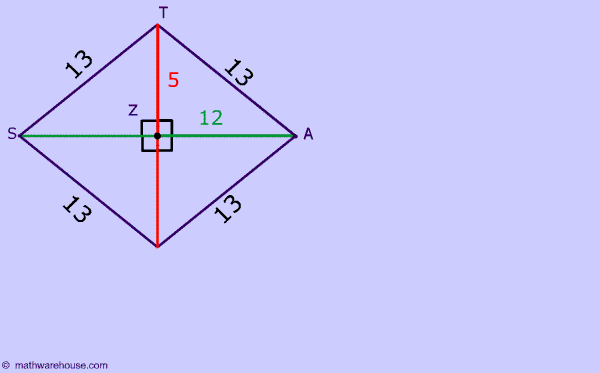A rhombus is a type of parallelogram, and what distinguishes its shape is that all four of its sides are congruent.
There are several formulas for the rhombus that have to do with its:
Probably the most famous rhombus out there is the baseball diamond. The distance between each base is the same, making the shape a rhombus!
More interesting math facts!
A rhombus is a type of parallelogram, and what distinguishes its shape is that all four of its sides are congruent.
There are several formulas for the rhombus that have to do with its:
Yes, a square is a rhombus
A square must have 4 congruent sides. Every rhombus has 4 congruent sides so every single square is also a rhombus. A square is a special rhombus that also has 4 right angles.
Keep in mind that the question "Is a square a rhombus?" means Is every square also always a rhombus?
No, a rhombus is not a square
A square must have 4 right angles. A rhombus, on the other hand, does not have any rules about its angles, so there are many many, examples of a rhombus that are not also squares.
Keep in mind that the question "Is a rhombus a square?" means Is every rhombus also always a square?
All sides of a Rhombus are congruent.
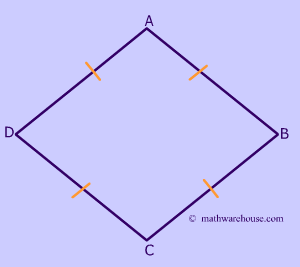
Diagonals are perpendicular.
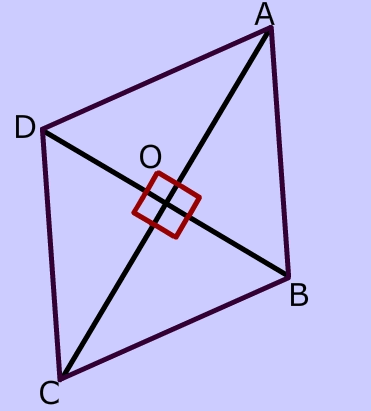
$$ \angle AOD = 90^{\circ} \\ \angle AOB = 90^{\circ} \\ \angle BOC = 90^{\circ} \\ \angle COD = 90^{\circ} \\ $$
STAR is a rhombus. The measure of diagonals SA is 24 and the measure of TR is 10, what is the perimeter of this rhombus?
Ask yourself: What is true about the angles formed by the diagonals of a rhombus?
What kind of triangle is
![]() ZTA?
ZTA?
Now, that you know the length of TA? How can you use the fact that the sides of a rhombus are congruent to finish this problem?
Since, all 4 sides must be 13.
The perimeter = 13 + 13 + 13 +13 = 52
Since this shape is a rhombus you can set any of its sides equal to each other.

The shape below is not a rhombus because its diagonals are not perpendicular.
However, since opposite sides are congruent and parallel, and the diagonals bisect each other. The shape below is a parallelogram.
Since the diagonals of a rhombus are perpendicular, these outside angles must be complementary angles.
Since diagonals bisect vertex angles,
![]() BCA
BCA
![]()
![]() ACD
ACD
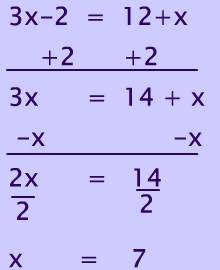
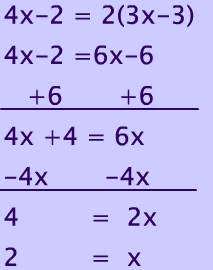
Area = ½(IK × HJ) = ½ (9 × 12) = 54
